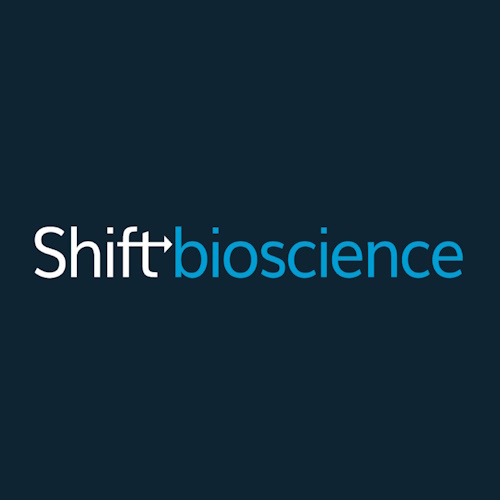For as long as humans have existed, we have feared growing old. Ancient texts tell stories of elixirs that promised eternal youth. Modern scientists now chase a different kind of magic — one grounded in biology and data.
While people today live longer than ever, we still face diseases linked to ageing. Heart disease, neurodegeneration, and weakened immunity make later years challenging. The idea of turning back cellular time could transform health and extend life.
Researchers have tested many strategies. Caloric restriction and drugs like rapamycin can slow ageing. But they mostly delay the decline rather than truly reversing it. For real rejuvenation, we need deeper changes inside cells.
Yamanaka factors: groundbreaking but dangerous
In 2006, researchers discovered that a cocktail of four genes (OSKM) could reset adult cells into a stem-cell-like state. This finding won a Nobel Prize and shook the field. Scientists noticed that these reprogrammed cells looked “young” at a molecular level.
However, these factors have serious problems. They erase a cell’s identity, turning specialized cells into something closer to embryonic cells. In living animals, this can lead to organ failure and tumors.
Some researchers tried partial reprogramming to avoid these risks. But even partial use carried dangers. Cells sometimes started forming teratomas (strange tumor-like growths). The safety window remained narrow.
A new approach: rejuvenation without pluripotency
The team at Shift Bioscience wanted to separate rejuvenation from reprogramming. They asked a bold question: can we make cells younger without turning them into stem cells?
They built a high-precision “ageing clock” that reads the age of single cells using gene expression. This tool, called AC3, gave them a powerful way to test thousands of genes fast.
They screened 1,500 genes to see which could reverse ageing markers. Among all these, one gene, called SB000, stood out. It reduced biological age deeply but left cells' original identity untouched.
How SB000 changes cells
SB000 works in multiple ways. It reduces transcriptomic age, which means it resets how genes are turned on and off. It also brings back youthful DNA methylation patterns.
DNA methylation acts like an ageing signature. When SB000 was used, these patterns looked much younger across several strong “epigenetic clocks.”
In skin and lung fibroblasts, SB000 lowered age by about 4.5 years on average. In skin keratinocytes, it reversed age markers by over 13 years in some cases. The results amazed scientists.
Keeping identity and function safe
The biggest risk with old methods was cells losing their identity. SB000 doesn’t push cells into a stem-cell state. It keeps them true to their original type.
Tests showed that fibroblasts treated with SB000 continued making collagen, a key feature of young skin cells. In contrast, reprogrammed cells usually lose this ability.
Further safety tests showed no dangerous colony formations. SB000-treated cells stayed stable and did not turn cancerous.
Potential beyond one cell type
SB000 didn’t just work in one type of cell. It rejuvenated cells from different germ layers — both fibroblasts (mesoderm) and keratinocytes (ectoderm). This suggests it might work widely in the body.
The team also predicted reduced levels of inflammatory proteins, suggesting that cells would act less “aged” in a living body. If true in humans, this could help fight many age-related diseases.
What makes SB000 different?
Unlike OSKM, SB000 is a single gene. OSKM uses four genes together (OCT4, SOX2, KLF4, and c-MYC). These genes push cells back to a stem-cell-like state. This process can erase a cell’s identity. It can also lead to uncontrolled growth, which means a higher risk of tumors.
To avoid these risks with OSKM, scientists must control exactly how long and how strong these genes are active. Even a slight mistake can make cells lose their function or become cancerous. This strict timing makes OSKM very hard to use safely in humans.
SB000 works differently. It rejuvenates cells without forcing them to become stem cells. Cells keep their original roles, like making collagen if they are skin cells. SB000 does not cause dangerous changes in cell identity. It also does not create tumors or harmful growths in lab tests.
Because SB000 uses only one gene, it simplifies the entire process. Scientists do not need to balance multiple gene levels. They also don’t need to worry about dangerous off-target effects that can come from mixing many genes.
This simplicity means SB000 could be easier and safer to turn into a therapy. Doctors might one day use it to make cells younger without high risks. Researchers would spend less time fine-tuning the treatment and more time focusing on how to deliver it to patients.
In short, SB000’s single-gene approach offers strong rejuvenation power with much lower risk. It opens a clear path to future anti-ageing therapies that are safer and more practical.
The road ahead
SB000 shows promise, but more work lies ahead. Researchers need to test it in full organisms, check long-term safety, and understand how it affects entire tissues.
If it succeeds, it could change how we think about ageing. Instead of just slowing decline, we could truly reverse it — making old cells act young again.
A glimpse of a future without old age?
SB000 suggests a bold future. One where we don’t just add years to life, but add healthy, active years.
The study signals a new chapter in regenerative medicine. With careful steps forward, this single gene might help us finally crack the code of ageing — safely and powerfully.
The study is published in the journal BiorXiv. It was led by Lucas Paulo de Lima Camillo from Shift Bioscience.








